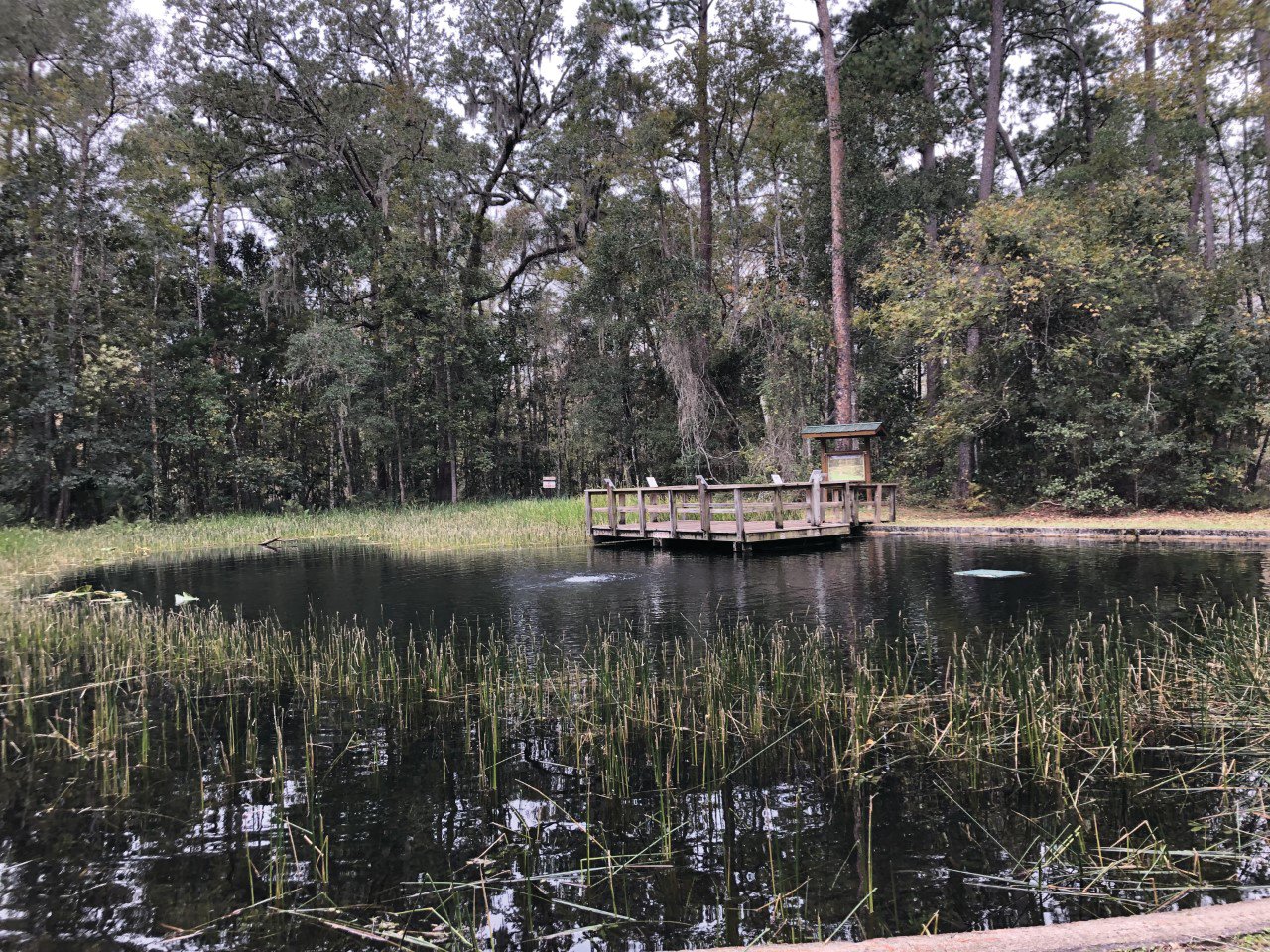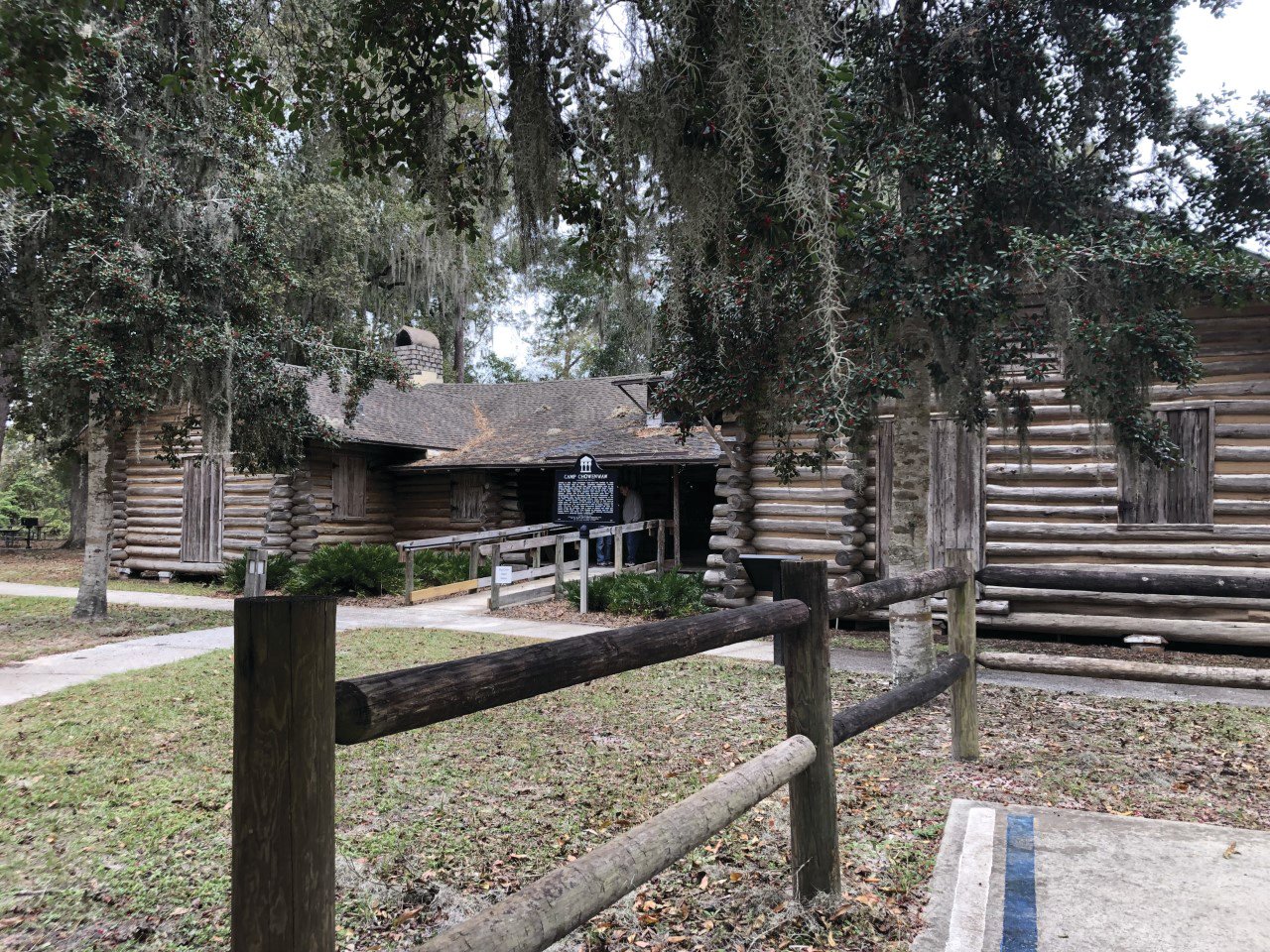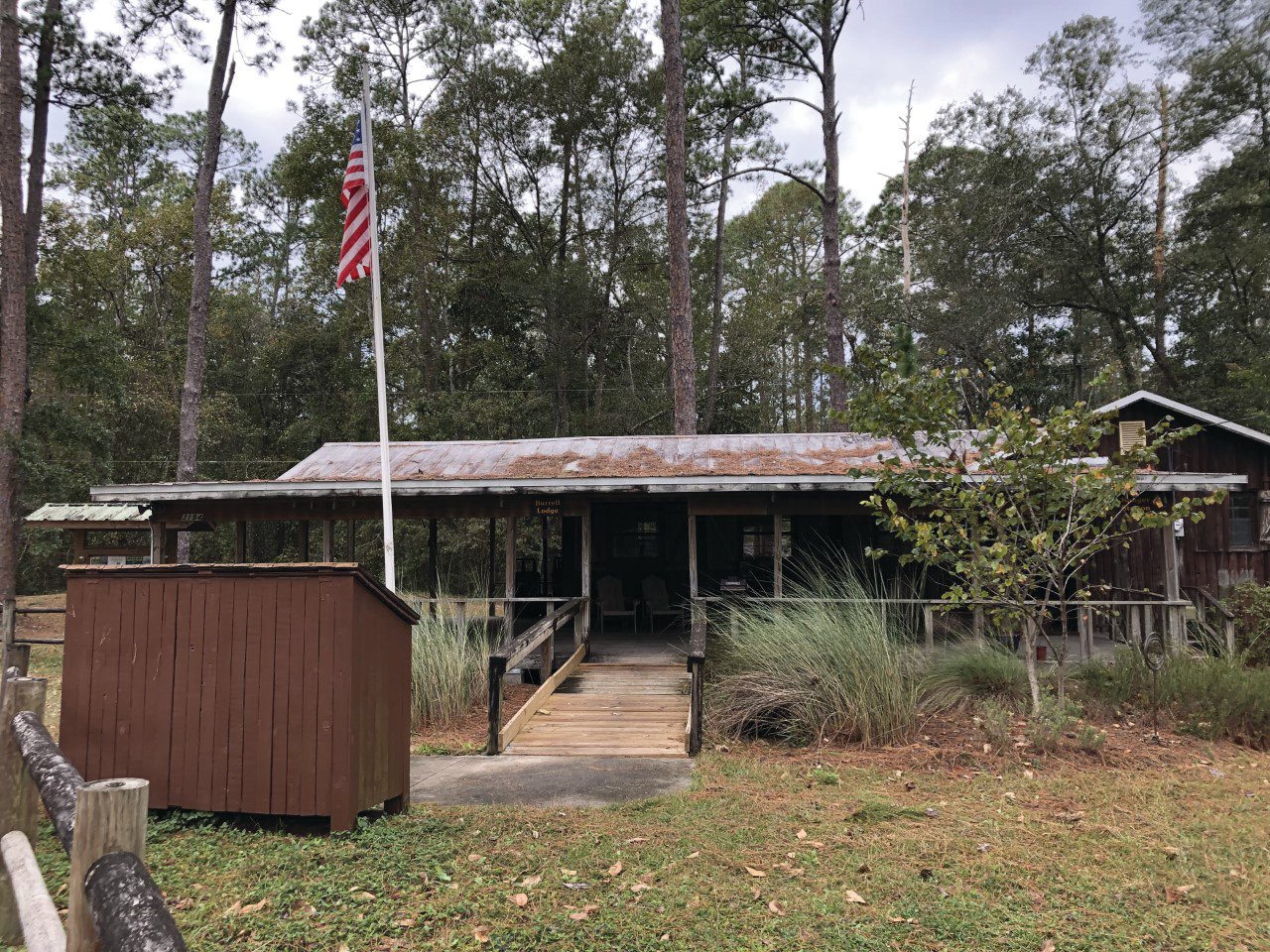Camp Chowenwaw: Forming a generation of leaders, thinkers, activists
GREEN COVE SPRINGS – Summer camps have long been a highlight of Girl Scouting.
Troop One, founded in 1912 by Juliette Low in her hometown of Savannah, Georgia, was made up of just 18 girls. …
This item is available in full to subscribers.
Attention subscribers
To continue reading, you will need to either log in to your subscriber account, below, or purchase a new subscription.
Please log in to continueDon't have an ID?Print subscribersIf you're a print subscriber, but do not yet have an online account, click here to create one. Non-subscribersClick here to see your options for subscribing. Single day passYou also have the option of purchasing 24 hours of access, for $1.00. Click here to purchase a single day pass. |
Camp Chowenwaw: Forming a generation of leaders, thinkers, activists
GREEN COVE SPRINGS – Summer camps have long been a highlight of Girl Scouting.
Troop One, founded in 1912 by Juliette Low in her hometown of Savannah, Georgia, was made up of just 18 girls. During a time when women weren’t allowed to vote and stuck to strict social norms, the Girl Scouts taught them they could do anything, and be anyone, encouraging them to embrace their strengths and find community in one another. The Girl Scouts of America became a nationwide movement and quickly spread throughout the country and Northeast Florida was no exception.
When Elizabeth Starke founded the first troop in the area at Mayport in 1916, the United States had just officially joined the movement. During WW1, many worked with the Red Cross to roll bandages and knit goods for servicemen, as well as played a key role in supporting the nation’s food supply. Others took on a more operative role. Cherokee Rose Troop One helped patrol the First Coast after school hours.
“They had their Girl Scouts on horseback with shotguns patrolling the beaches for German invaders,” said Chowenwaw Park Naturalist, Barbara Beyerl.
Although the Girl Scouts have come a long way from riding horseback with shotguns in hand. The legacy of these young women lives on in the organization’s commitment to serving the community, and most importantly, in its perseverance.
By the time the Girls Scouts Council of Duval County was incorporated in January 1927, four more troops were active in Jacksonville. And in the early 1930s, Clay County was looking to build a campground. Before the construction of Camp Chowenwaw in 1933, several potential camp properties were considered and rejected, including Lakeside, Keystone Heights and Fleming Island. It wasn’t until a free federal labor program provided free construction during the early years of the Great Depression, that the council officially decided on the property in Green Cove Springs.
“[They] were looking for someplace to have a summer camp for the girls, and they came upon this property which is out in the middle of nowhere. It had been a foreclosed dairy farm during the depression and it was up for sale,” Beyerl said. “The Girl Scouts originally bought a very small piece of this land. It was 20 or some acres and then they added on over the years. Now it’s something like 150 acres – 50 acres are dry land and 100 is swampland.”
The initial property was purchased for $250. Daily work crew numbers of 30 to 75 otherwise unemployed men. The first load began working on Jan. 17, 1933 with practically no equipment other than logs on-site and a rented saw mill attached to a Fordson Tractor. The workers harvested raw materials from the property as much as possible: pine for log walls, flooring and support beams, and the clay for chinking between the logs was taken from the natural clay pit that would become Otter Springs.
“Even the furniture was made of magnolia trees cut down on the property,” Beyerl said. Once completed, the camp included the five sleeping cabins, a bathhouse, the Orange Blossom “Health Lodge,” the “Cook’s Cabin” and the “Big Cabin” consisting of a huge lounge with two stone fireplaces on either side, a dining hall, kitchen and serving room, the first of the buildings to be constructed.
“It was a gathering space and a dining hall. They ate their meals here or they gathered here to sing songs,” Beyerl said.
The camp provided the girls with a place to learn new skills and talents as Girl Scouts from cooking and first aid, to athletics, pioneering and art. The 4,700-square-foot Big Cabin is still the main space for large groups, although it’s generally rented out for weddings and parties.
“When the Girl Scout camp closed in 2005, it went up for sale and in 2006, the county bought it,” Beyerl said. “The whole place was in disrepair. It was in really bad shape, but the county wanted to restore it for preservation purposes, so they made repairs that the Girl Scouts made in the 70s: they took out the old logs, put in new logs, removed the support posts, and built a whole new roof and a new floor. It was just amazing the work they had to do.”
The Board of County Commissioners voted in 2011 to spend $403,000 to renovate the Big Cabin. Now, the women’s restroom is the only part of the cabin that still has the original floors. Even the clay between the wooden log slats was replaced with concrete mortar.
The Girl Scouts left such an indelible mark on Camp Chowenwaw and Clay County, it is home to the Historic Girl Scout Museum. Although the park has seen many changes over the years, Camp Chowenwaw pays respect to the 1930s campground with the preservation of many of its original structures and even received awards for the restoration of its buildings.












